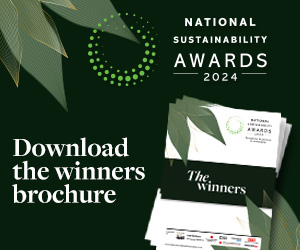Half (46 per cent) of the gobal coal industry still on expansion course according to Urgewald and 40 partner NGOs that have released the 2022 update of the Global Coal Exit List (GCEL), providing in-depth data on over 1,000 companies and over 1,800 subsidiaries operating along the thermal coal value chain.
Although last year’s UN Climate Summit in Glasgow ended with an agreement to “accelerate efforts towards the phasedown of unabated coal”, 46 per cent of the companies on the GCEL are still headed in the opposite direction. “Out of the 1,064 companies in our database, 490 are developing new coal power plants, new coal mines, or new coal transport infrastructure. Pursuing new coal projects in the midst of a climate emergency is reckless, irresponsible behavior. Investors, banks, and insurers should ban these coal developers from their portfolios immediately,” said Heffa Schuecking, director of Urgewald.
China, responsible for 61 per cent of all planned coal power capacity additions, holds the top four coal plant developers on the GCEL are Chinese companies (China Huaneng Group, China Energy Investment Corporation, China Datang Corporation and China Huadian Corporation). Chinese companies are also building capacity in other countries: in December 2021 and February 2022 Chinese companies signed contracts for two captive coal power stations for industrial parks in Indonesia. In April and May 2022, China Energy Engineering Group and China Western Power signed contracts for two new coal power plants in Laos, and in March 2022, PowerChina renewed its agreement to develop the Phulbari coal power project in Bangladesh.
The world’s largest coal mine developer is Coal India. According to the company’s own projections, it aims to raise its coal production to 1 billion tonnes annually by 2025.
The 2022 GCEL can be downloaded at www.coalexit.org.
Latest News
-
Airport hands local charities and groups £100,000 over last year
-
Private health provider awards £10,000 to arthritis research team
-
Building Society hands out £1m to tackle inequality
-
Premier League and Comic Relief partnership aims to improve children’s mental health
-
Russell Hobbs launches food poverty campaign in schools
-
Tottenham Hotspur and charities launch film to tackle mental health stigma
© 2019 Perspective Publishing Privacy & Cookies







Recent Stories